"Farmyards are traditionally built on waste land and in a corner of the farm,” according to Patrick Gowing from Teagasc’s dairy expansion service. This is definitely true of Seamus Brennan’s farm which was visited as part of a joint Teagasc and Glanbia farm walk in Attanagh, Co Laois. The aim of the walk was to showcase the improvements that can be made within an existing yard.
The old farmyard was built with a public road to the front of it, a 20ft drop to the back of it, the dwelling house to one side and another farmer’s field to the other side. Therefore there was no option but to adapt the current farmyard to aid both the management and flow of cattle.
Like many farmers throughout the country Seamus has expanded his herd over the past few years, going from 64 cows during the time of quotas, up to 103 cows today. The target is to calve down 113 cows and heifers next spring. With this expansion there was a real need for Seamus to look at the current facilities and examine whether they were still fit for purpose. When redesigning the farmyard, a real emphasis was placed on making the farmyard as labour efficient as possible.
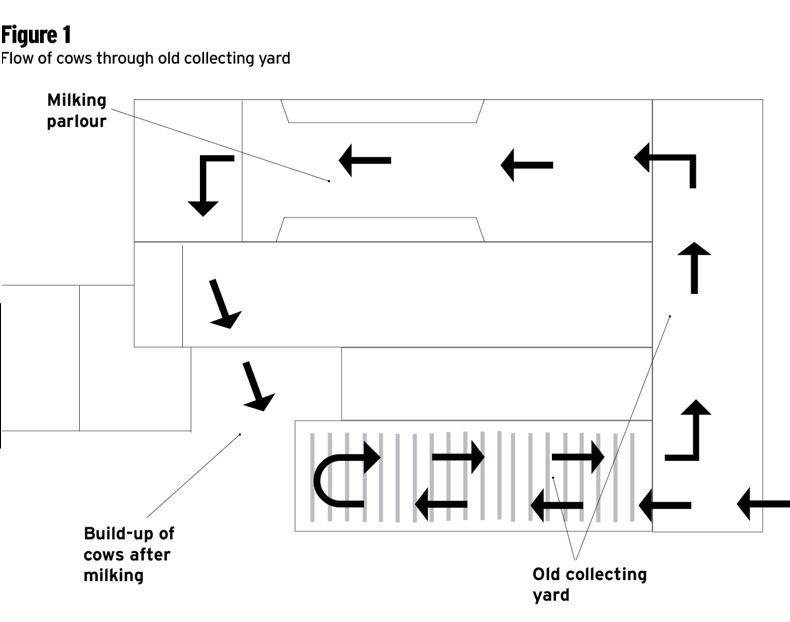
Old layout
If we look at Figure 1 we can see the old layout of the collecting yard, and the movement of cows as they made their way to the parlour. When cows entered the old yard the majority had to make a 360° turn to head for the parlour. They were then required to make two further 90° turns before they would enter the parlour.
Teagasc advise that on a greenfield site the aim should be to not have cows turning more than three times, including coming off the paddock. This will reduce the time it takes cows to get to the parlour and help reduce any lameness issues.
“The old design was very labour intensive,” according to Patrick Gowing, “Seamus was out of the parlour hunting cows more than he was in it.” Now with the new design Seamus does not have to exit the parlour at all during milking.
Another issue that Seamus felt was necessary to address was the amount of time that he spent scraping the yard, as cows spent a lot of time standing on concrete both before and after milking. The old layout also required cows to pass through the slatted area of the collecting yard to get back out to grass. This meant that there was a build-up of cows once they exited the parlour, which remained until there was sufficient space to allow them through the collecting area again, as seen in Figure 1.
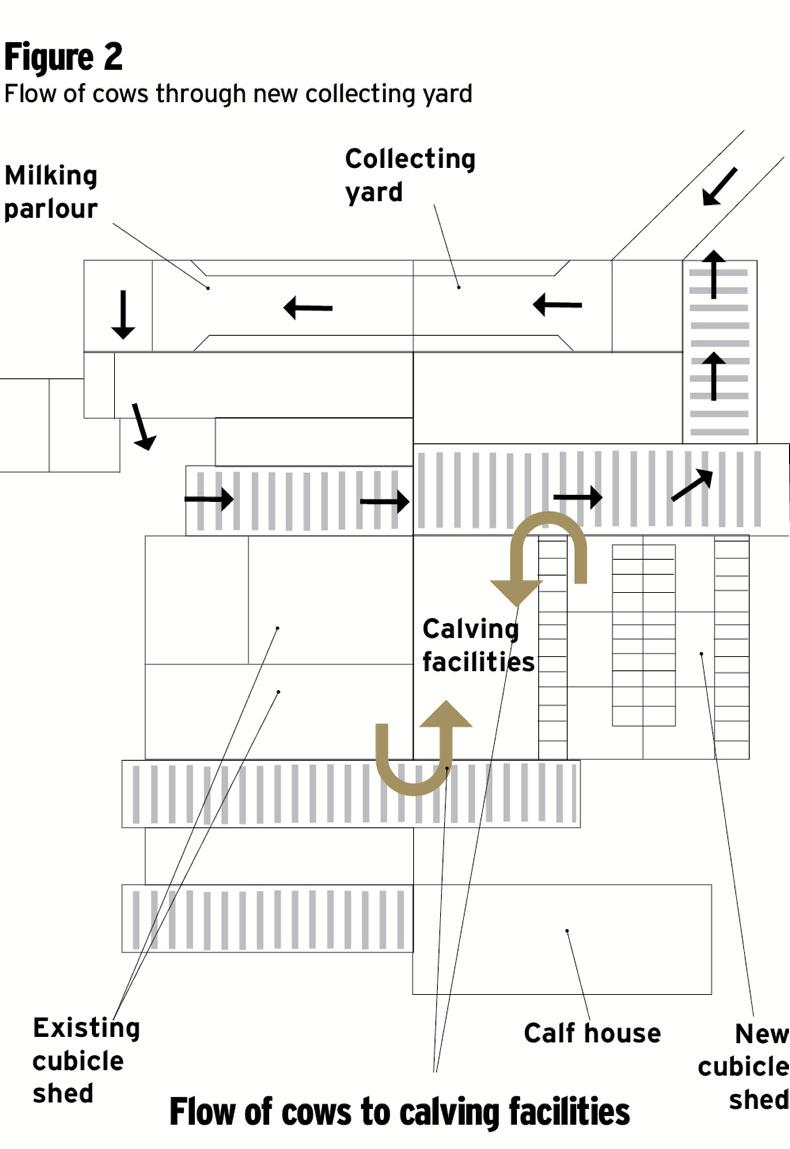
New layout
As seen in Figure 2, the flow of cows through the farmyard has improved significantly. This did not happen overnight with a lot of planning going into the design to ensure the best possible option for both cow flow and labour efficiency. When updating the layout of the yard, a new 48 cubicle shed was constructed along with an L-shaped slatted tank and a new collecting yard. The investment made was significant, but it has led to a much improved farm layout.
Richard O’Brien, Teagasc, spoke on the day about the new layout of the yard. “The original idea was to install cubicles into the calving shed, but luckily they wouldn’t fit so a new shed had to be constructed. This allowed the current calving shed to remain in place.” With the calving shed located between the two cubicle houses it means that Seamus can move cows that are close to calving into the calving shed by himself.
For many farmers the calving shed can prove to be a bottleneck. Before herd expansion, the shed may have had sufficient capacity but it may no longer be fit for purpose. For a calving shed it should generally be designed so that it can hold approximately 10-15% of the herd if you intend to draft cows close to calving every second day. This is assuming that 50% of the herd will calve within 20 days, meaning that on average, on this farm, a maximum of 3 to 5 cows will calve each day. It is recommended that there is space of 6m²/cow in a calving shed. Seamus’ shed is 150m², and cows are fed outside so space is not an issue, with 10-15 cows fitting comfortably in the shed. Cows can be locked into the calving shed, away from the feed barrier. This allows cows to be let out for night-time feeding. This is done in a bid to reduce the number of night time calvings.
The calf shed is also located close to the calving facilities. Unfortunately in the past Seamus has moved calves up beside the milking parlour to individual pens to get them trained before he moves them down to the calf shed. However for next spring he plans on having the individual pens adjacent to the calf shed in a bid to reduce labour. When housed in groups it is recommended that calves have 1.7m² of space each.
One of the key aspects of the new design is that both before and after milking, cows spend the majority of their time standing on slats, greatly reducing the amount of time that Seamus has to spend scraping the yard.
The original idea was to place a slatted tank directly behind the parlour but this was adapted by Patrick Gowing, with the tank placed at the back of the collecting yard instead.
An automatic backing gate, which also acts to scrape the yard was also installed. The collecting yard is 6m wide which is slightly narrow, according to Patrick, but there was no other option given the location of the yard. Both the collecting yard and the 12 unit parlour are set up for future expansion also.
Good cow flow, such as the one seen on Seamus’ farm, not only makes life easier for the farmer, it also helps improve hygiene, the health of cows and safety around the yard.






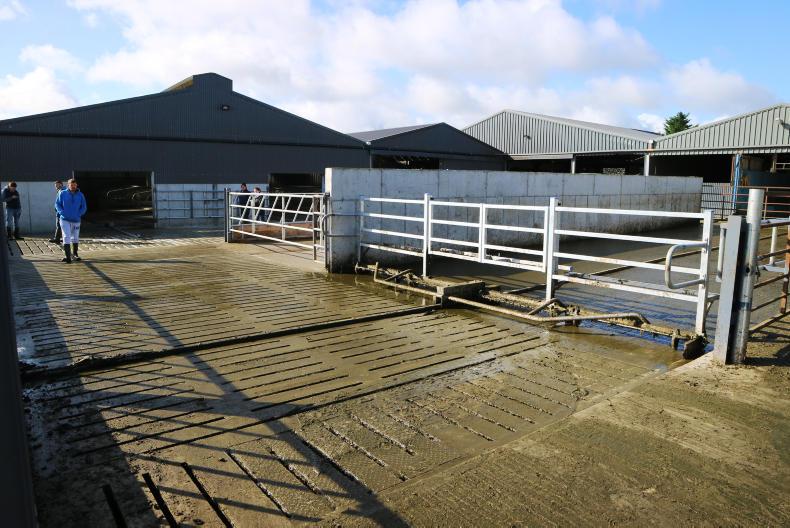


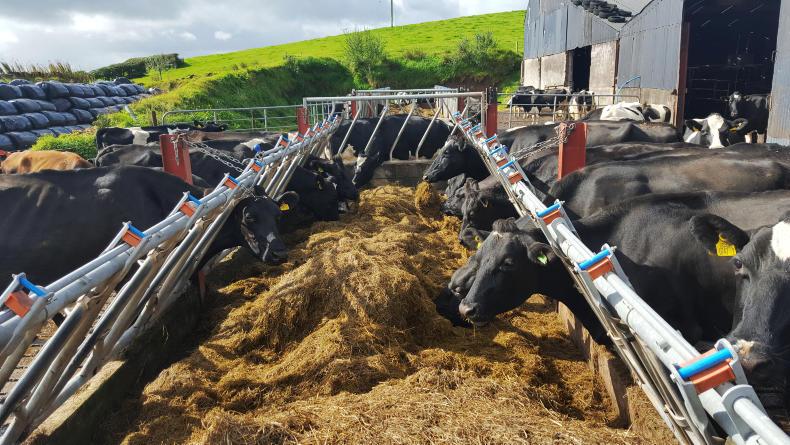
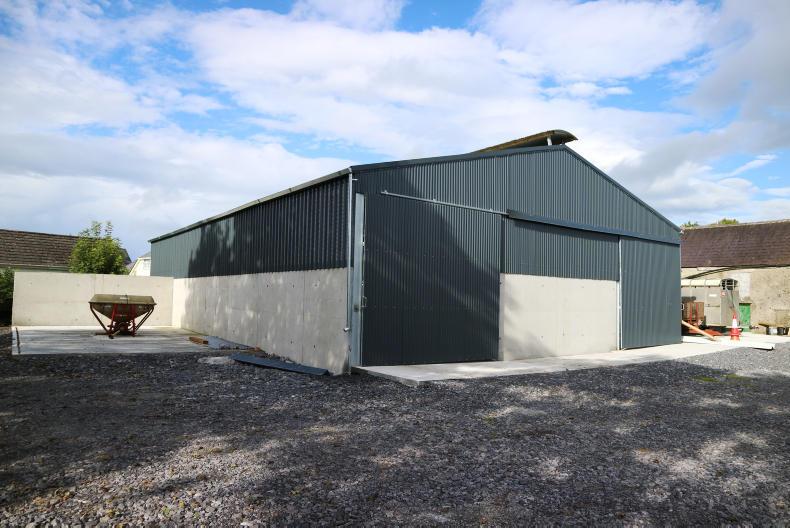
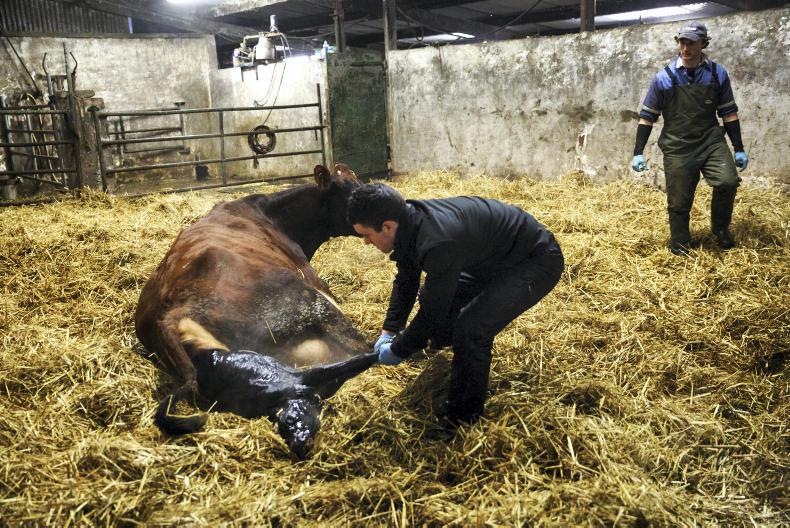
SHARING OPTIONS